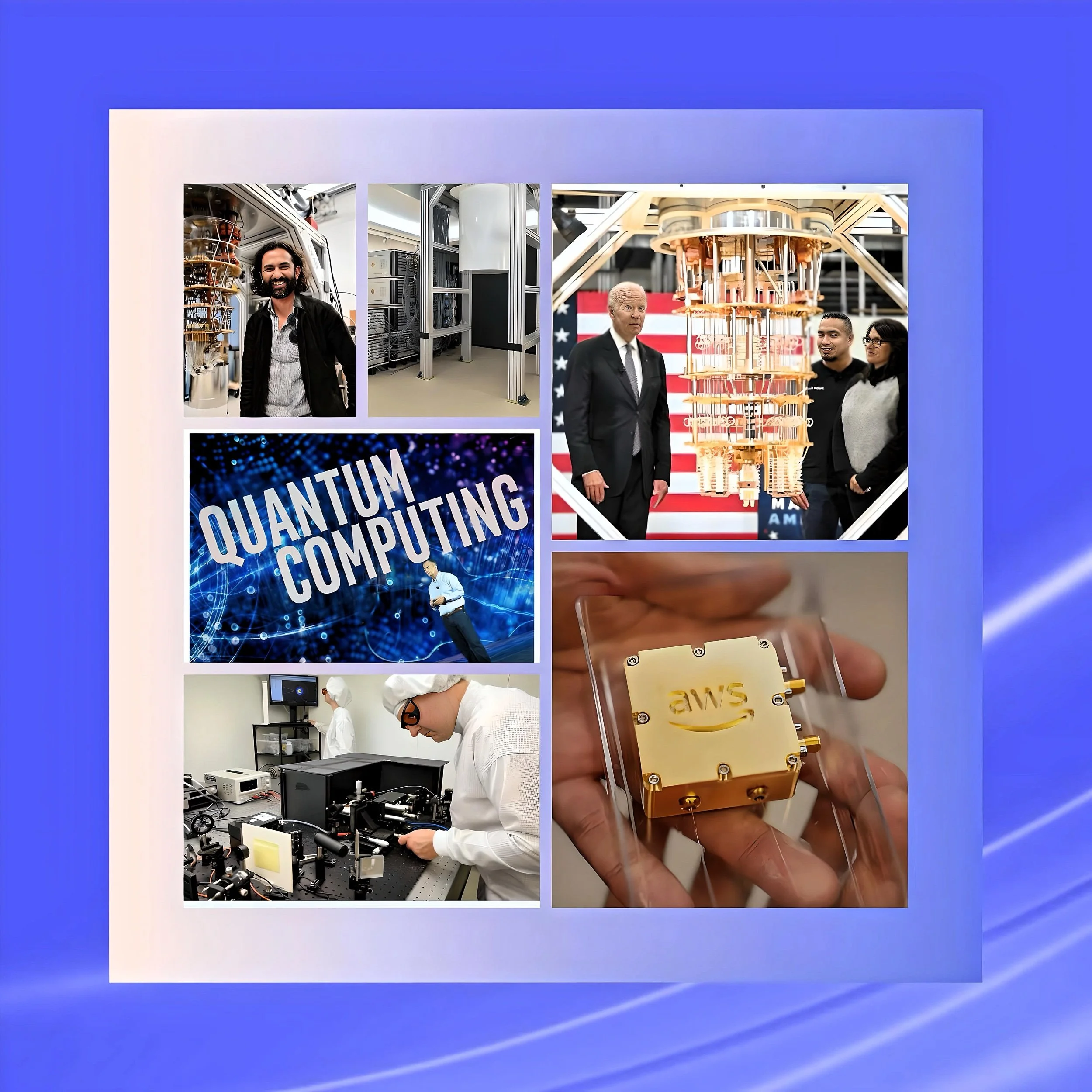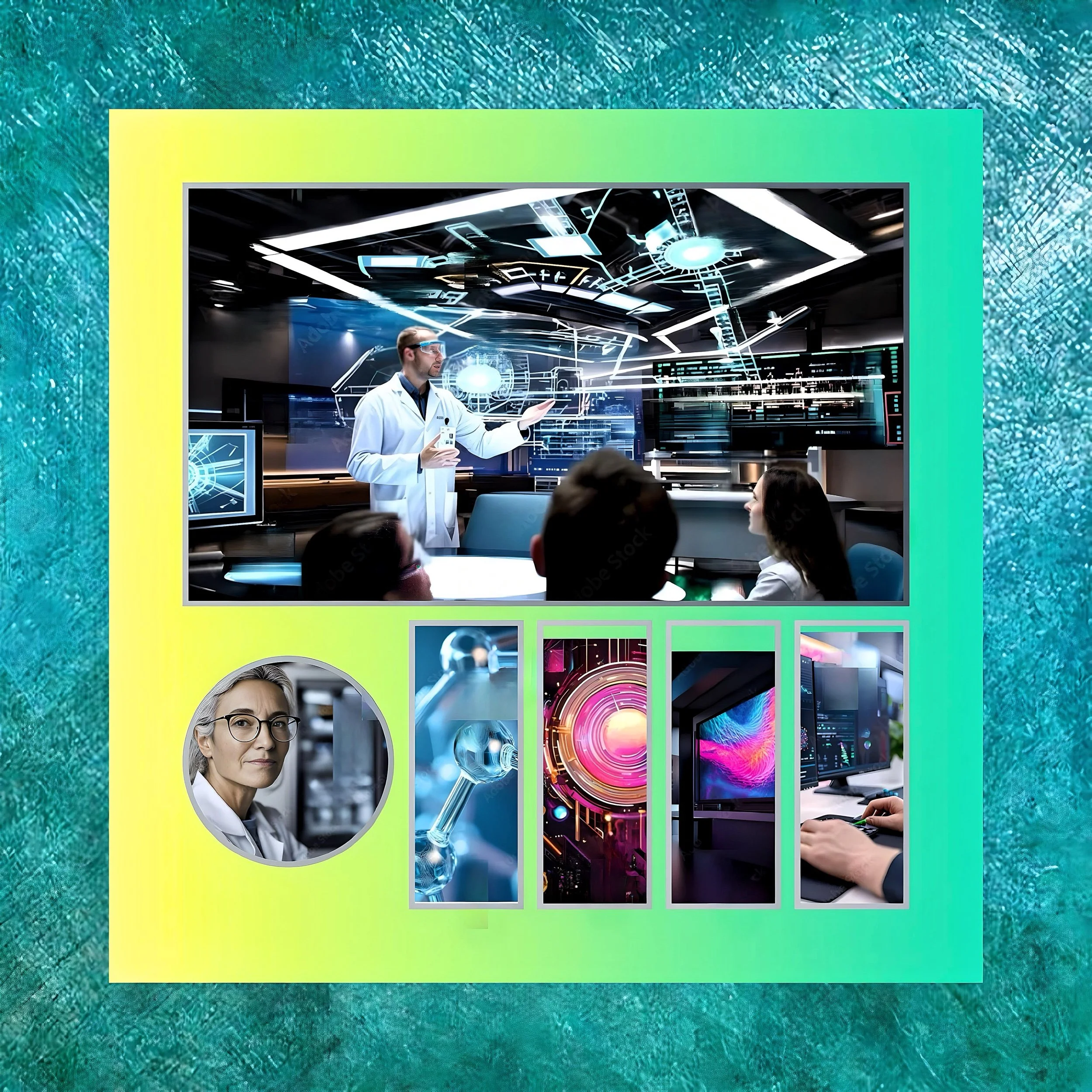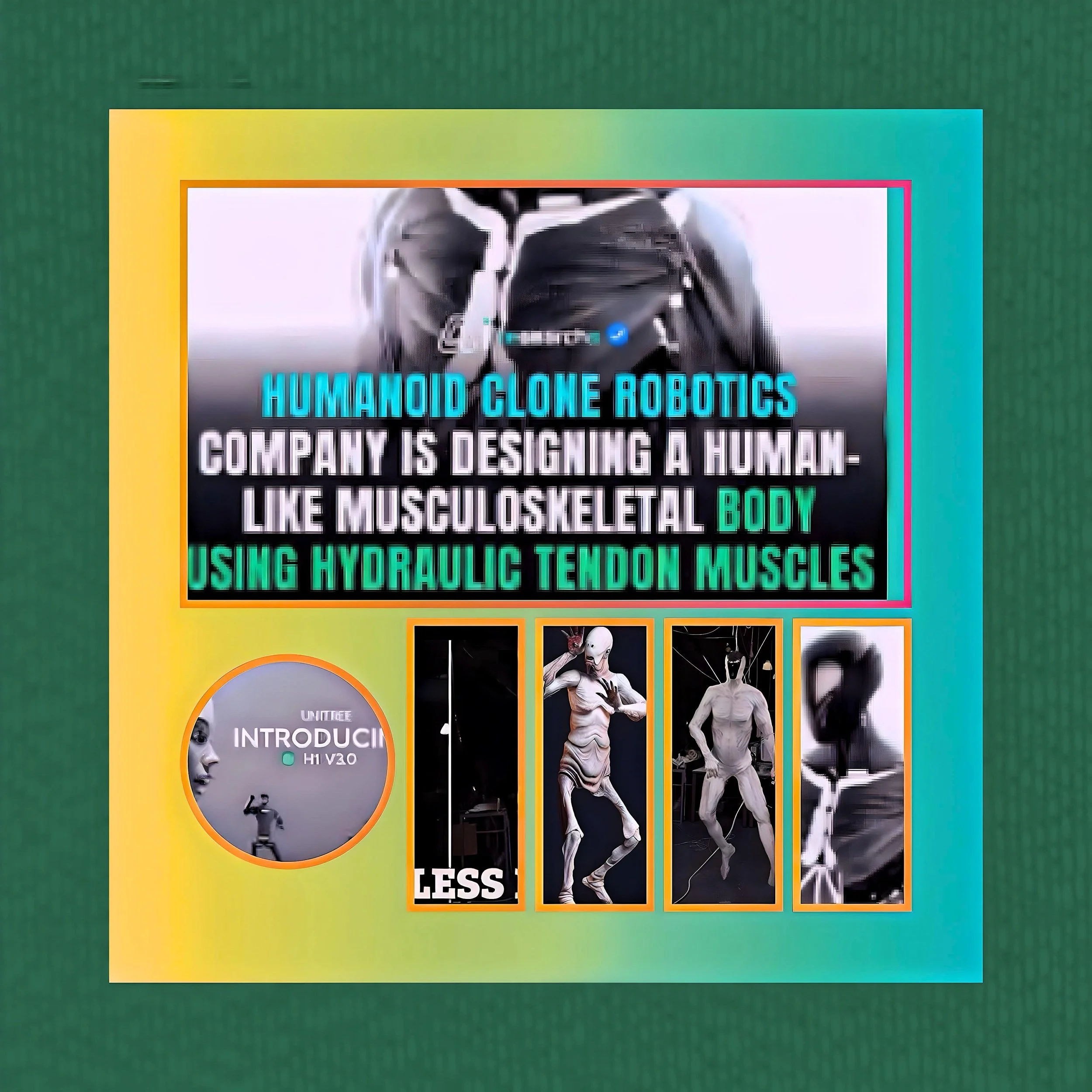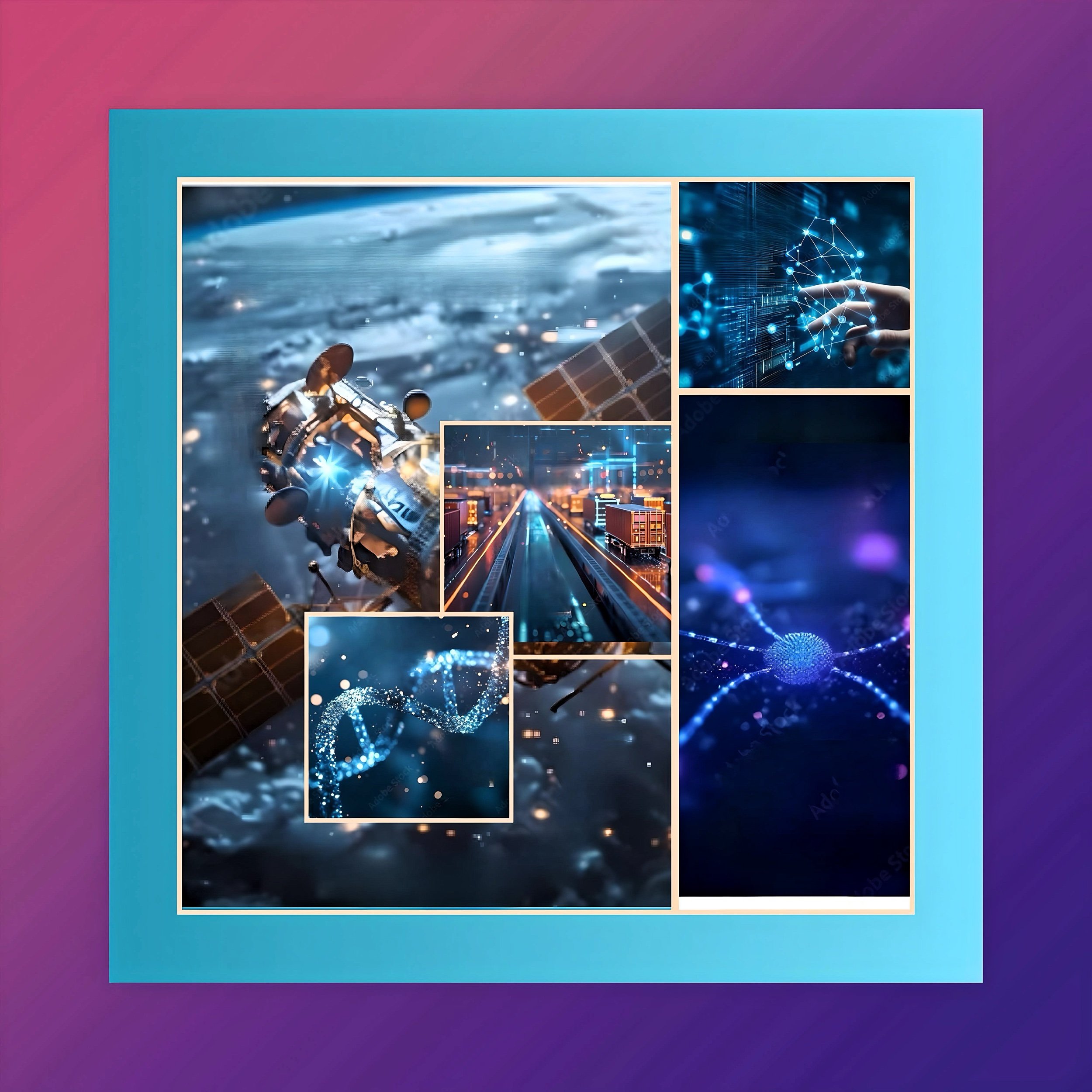Quantum Computing for Beginners: A Comprehensive Guide
Introduction
Quantum computing represents a revolutionary leap in computational technology, harnessing the principles of quantum mechanics to solve problems that classical computers cannot feasibly address.
This guide provides a detailed exploration of quantum computing fundamentals, applications, and future directions, designed for FAF readers with no prior technical expertise.
By leveraging insights from foundational concepts to cutting-edge developments, we aim to demystify this transformative field.
Introduction to Quantum Computing
Quantum computing diverges fundamentally from classical computing by utilizing quantum bits (qubits) instead of binary bits.
Unlike classical bits, which exist as either 0 or 1, qubits exploit quantum phenomena like superposition and entanglement to process vast amounts of information simultaneously.
This capability enables quantum computers to tackle complex problems in cryptography, material science, and optimization with unprecedented efficiency.
For instance, Google’s Sycamore processor demonstrated quantum supremacy by solving a problem in 200 seconds that would take classical supercomputers millennia.
While classical computing remains essential for everyday tasks, quantum computing is poised to revolutionize industries requiring massive parallel processing, such as drug discovery and climate modeling.
Quantum vs. Classical Computing: Fundamental Differences
The Classical Computing Paradigm
Classical computers operate using bits, which represent data as binary states (0 or 1).
Transistors, the building blocks of classical processors, physically switch between these states to perform logical operations.
However, as transistors approach atomic scales, quantum effects like electron tunneling disrupt their reliability, limiting further miniaturization.
Additionally, classical systems struggle with problems where complexity grows exponentially, such as optimizing large-scale logistics or simulating molecular interactions.
The Quantum Advantage
Quantum computers overcome these limitations through qubits, which exist in superpositions of 0 and 1.
A qubit’s state is represented mathematically as a vector on the Bloch sphere, enabling it to encode multiple values simultaneously.
For example, two entangled qubits can represent four states at once (00, 01, 10, 11), whereas two classical bits are confined to one state.
This parallelism allows quantum algorithms like Shor’s algorithm to factor large numbers exponentially faster than classical methods, threatening current encryption standards.
Similarly, Grover’s algorithm accelerates unstructured database searches quadratically, with implications for data-heavy industries like healthcare and finance.
The Quantum Bit (Qubit): Core Principles
Superposition and Entanglement
A qubit’s power stems from superposition, where it occupies a probabilistic combination of 0 and 1 until measured. This is akin to a spinning coin that is neither fully heads nor tails.
Entanglement, another quantum phenomenon, links qubits such that their states become interdependent, even across vast distances.
Changing one qubit’s state instantaneously affects its entangled partner, enabling coordinated computations unachievable classically.
These properties allow quantum circuits to explore multiple solutions simultaneously, vastly outperforming classical sequential processing.
Quantum Gates and Circuits
Quantum gates manipulate qubits by rotating their state vectors on the Bloch sphere. Common gates include:
Hadamard (H): Creates superposition from a basis state.
Pauli-X (X): Acts as a quantum NOT gate.
CNOT: Entangles two qubits, flipping the target qubit if the control qubit is 1.
These gates form quantum circuits, which execute algorithms by applying sequences of operations.
For example, the Quantum Fourier Transform underpins Shor’s algorithm, while amplitude amplification drives Grover’s search.
Quantum Mechanics in Action: Key Phenomena
Quantum Tunneling
Quantum tunneling allows particles to traverse energy barriers classically insurmountable.
In optimization tasks like the Traveling Salesman Problem, quantum algorithms exploit tunneling to bypass local minima and find globally optimal solutions faster than classical heuristics.
Decoherence and Error Correction
Qubits are highly susceptible to decoherence—environmental disturbances that collapse their quantum state.
Mitigating decoherence requires error-correction codes like the surface code, which redundantly encodes qubits to detect and correct errors.
Current quantum processors operate at near-absolute zero temperatures (-273°C) to minimize decoherence, posing significant engineering challenges.
Applications of Quantum Computing
Cryptography and Cybersecurity
Quantum computers threaten RSA encryption, which relies on the difficulty of factoring large primes.
Shor’s algorithm could decrypt sensitive data in minutes, spurring efforts to develop post-quantum cryptography resistant to quantum attacks.
Conversely, quantum key distribution (QKD) uses entanglement to create theoretically unbreakable encryption, as any eavesdropping disrupts the quantum state.
Drug Discovery and Material Science
Quantum simulations enable precise modeling of molecular interactions, accelerating drug development.
For example, simulating a protein’s folding dynamics could reveal new treatments for diseases like Alzheimer’s, a task infeasible for classical supercomputers.
Companies like Merck are already leveraging quantum algorithms to design novel antibiotics.
Optimization and Logistics
Quantum annealing, employed by D-Wave systems, optimizes complex logistics such as supply chain management and route planning. DHL uses quantum models to streamline delivery networks, reducing costs and environmental impact.
Challenges and Limitations
Scalability and Error Rates
Current quantum processors, like IBM’s 433-qubit Osprey, face scalability hurdles due to error accumulation. Qubit counts must increase exponentially to achieve fault tolerance, requiring breakthroughs in materials science and error correction.
Algorithmic Development
Many quantum algorithms remain theoretical, with few practical implementations. Bridging this gap demands interdisciplinary collaboration between physicists, computer scientists, and domain experts.
The Future of Quantum Computing
Hybrid Systems and Accessibility
Near-term progress will likely involve hybrid quantum-classical systems, where quantum processors handle specific subroutines while classical systems manage broader workflows.
Cloud-based platforms like IBM Quantum Experience democratize access, allowing researchers to experiment with quantum circuits remotely.
Educational Initiatives
Simplified programming languages (e.g., Qiskit, Cirq) and interactive tools aim to engage non-specialists.
Future curricula may integrate quantum literacy into standard STEM education, preparing a workforce for the quantum economy.
Conclusion
Quantum computing heralds a paradigm shift in computational capability, with transformative potential across industries.
While challenges like decoherence and scalability persist, advancements in error correction and algorithmic design are rapidly closing the gap between theory and application.
As quantum technologies mature, their integration into mainstream computing will redefine problem-solving in the 21st century, offering solutions to some of humanity’s most pressing challenges.





